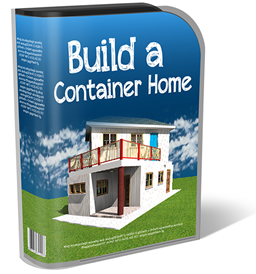There are many types of boilers available to meet your hot water and household heating requirements. Generally, conventional boilers are only about 55% to 65% efficient, making heating your home one of the biggest expenses you incur every year as a homeowner. The best way to save money on your heating bills is by purchasing a condensing boiler.
These highly efficient heating systems are designed with performance, reliability, and quality in mind, and have an efficiency rating of over 90%, helping you to save over one-third of your annual heating expenses. Top manufacturers of heating equipment in Europe offer an entire collection of heating systems that are designed to save you money while meeting all of your hot water and home heating needs. There are a wide variety of types from which you can choose, including system boilers, combination boilers, and open vent boilers. Having any one of these types of heating systems will help you heat your home efficiently, saving you money in the process.
System boilers
One type of condensing boiler that you might be interested in purchasing is a System boiler. System boilers provide hot water heating as well as central heating for your home through the use of a storage cylinder that is housed inside an airing cupboard. This type of heating system is frequently referred to as a "sealed system boiler." These heating systems do not require a separate water tank in your attic. This quality makes it the most compact system ever developed. These sealed system boilers are just the thing needed for any type of home, from one-bedroom flats to houses with several bedrooms and bathrooms.
Combination boilers
Combination boilers are another type of condensing boiler that is becoming a widely popular method of heating homes in Great Britain. This type of heating system makes up over 50% of all new boiler systems installed in UK homes every year. Just like system boilers, condensing combination boilers do not require either a cold-water tank or a hot water cylinder, which goes a long way towards minimizing the amount of space that is required for their installation. Several boiler manufacturers offer a large variety of combination boilers and you will easily be able to find one that is perfect for the size of your home.
Open vent boilers
Another type of condensing boiler that offers a great option for heating your home is the open vent boiler. These compact boilers are perfect for use with conventional open-vented home heating systems. Like the system boilers and combination boilers, the compact open vent boilers do not require a separate water tank, and they are available with several different options for heating heat output.
These are just some of the types of heating systems available to heat your home in an efficient manner. The choice is yours. Regardless of which type of condensing boiler you choose, high-efficiency boilers will help you meet all of your hot water and home heating needs without costing you a lot of money.
Article Source: https://EzineArticles.com/expert/Ramanathan_Gangadharan/592666


